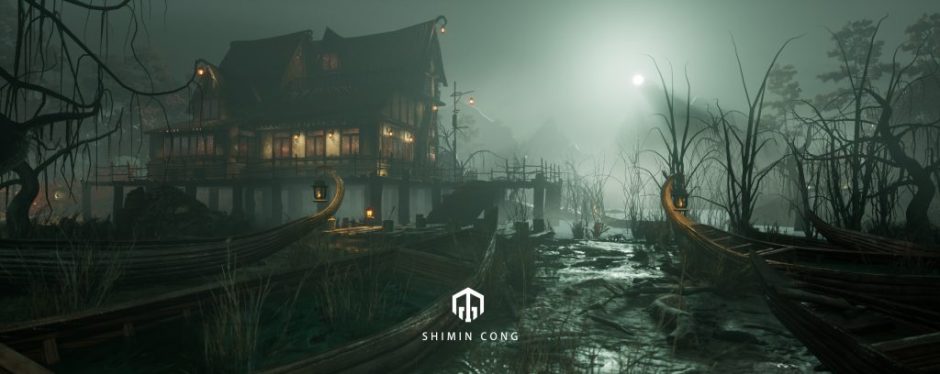In the Houdini course of the first week, I mainly learned about the UI of the software and how to use nodes.
UI

First of all, the UI of Houdini is easy to understand. At the beginning of learning this software, we should set up a UI layout of our own. As shown in the figure, this is the UI recommended by the teacher, which can greatly improve work efficiency.

The reason for choosing such a UI is that when we press the “P” key, there will be a menu bar as shown in the figure. This saves more space for Node.
Import
There are two ways to import files.

One is alembic node. The biggest feature of this node import is that it can only import files in abc format.

The other file node can import other formats, such as FBX, into Houdini.
Rock_ noise node

In the middle of the course, we also learned how to use noise node. One thing to note is that noise will affect the color of the object by default. Therefore, if we want to use noise to make a stone effect, then we need to replace “Cd” with “P”. In this way, the noise affects the bump information of the object.

In this session, I organized node to make it easier to observe. As shown in the figure, I divided the node into 3 parts. They are: import, setup and output.
Test_cabin modeling

It is important to determine the size of the model before making the cabin. In this cabin exercise, I learned nodes such as boolean, polyextrude, divide, subdivide, and reverse. The following figure shows the final effect and node display.


In the second week of class, the teacher mainly explained the modeling of the rest of the cabin. After class, I used my own method to model this cabin.

